Cats are subtle and complicated in the way they communicate but taking time to learn their body language can help to strengthen the relationship with your cat. Learning the signs that they are happy, or when they just want to be left alone, can be a big help to you both.
Unlike dogs, cats haven’t evolved to have lots of facial muscles, which means their faces aren’t as expressive as dogs. This is why it’s important to recognise even the smallest signs and changes in their body language because although they seem small, they say an awful lot.
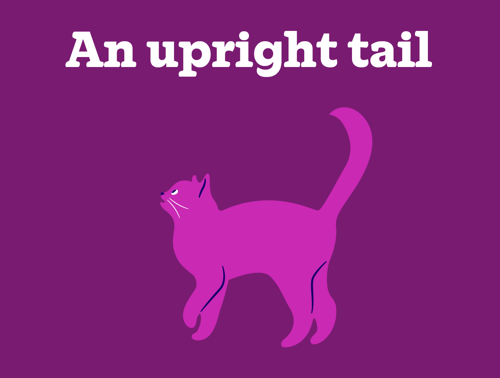
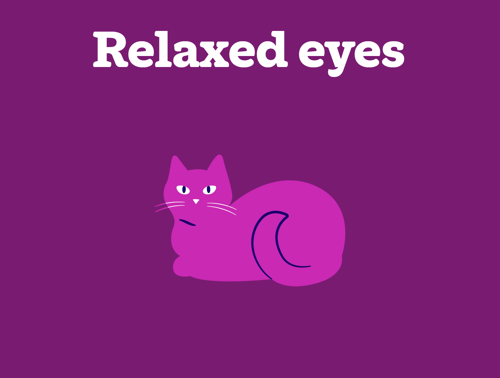
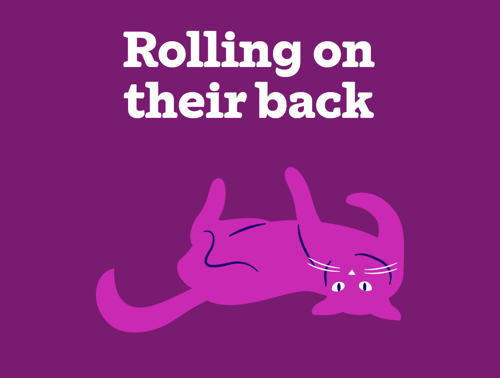
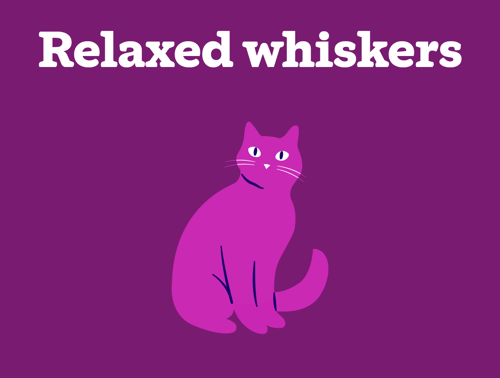
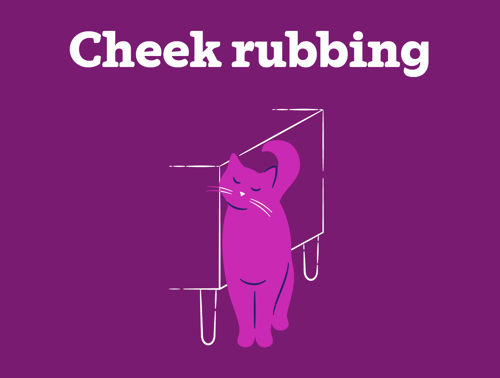
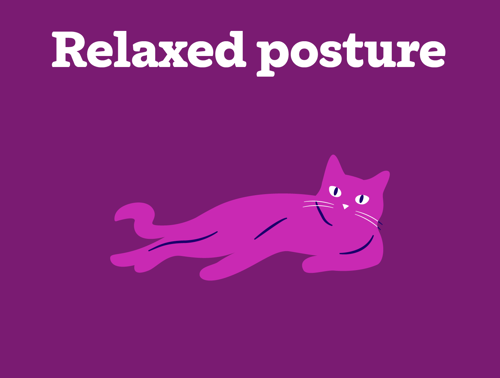
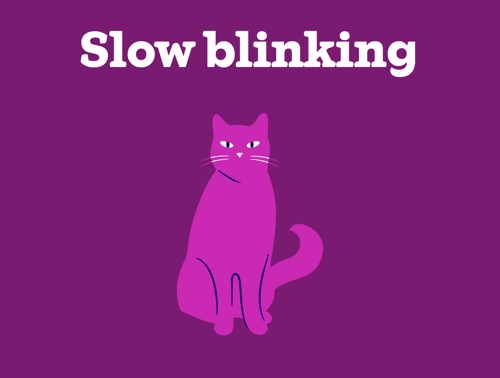
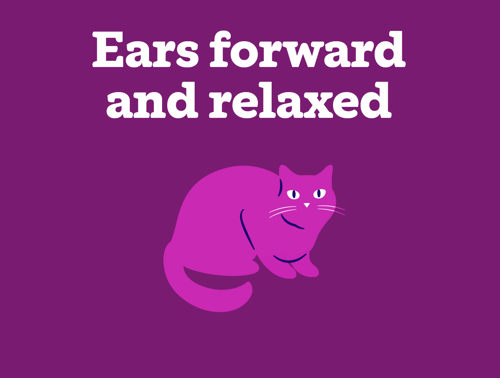
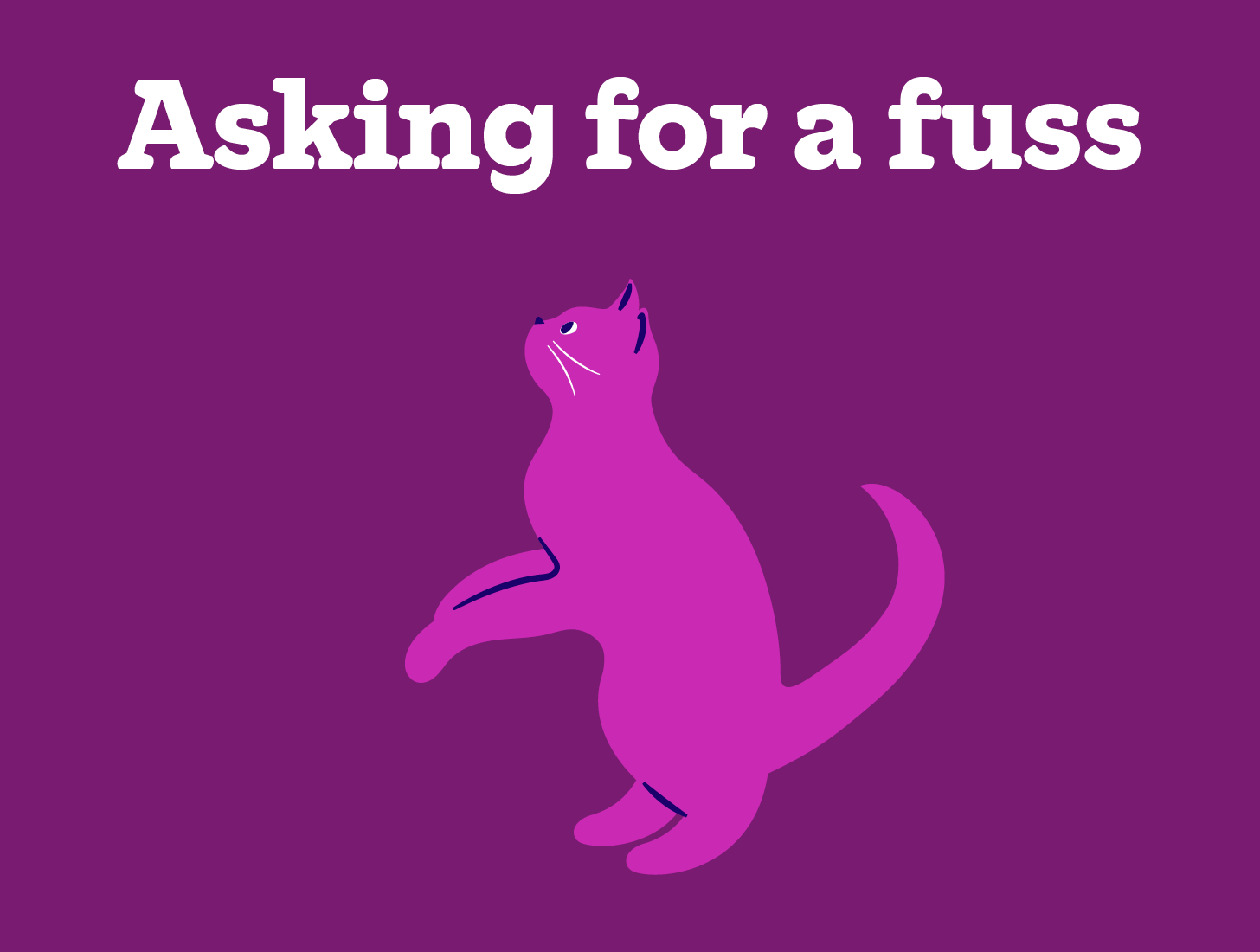
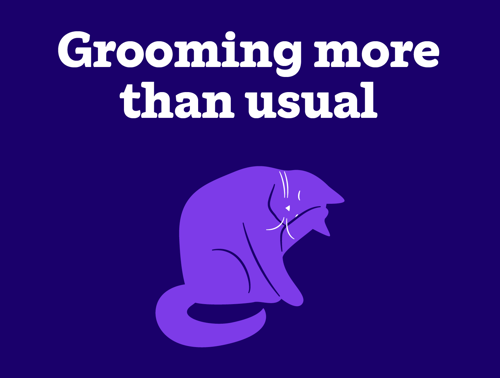
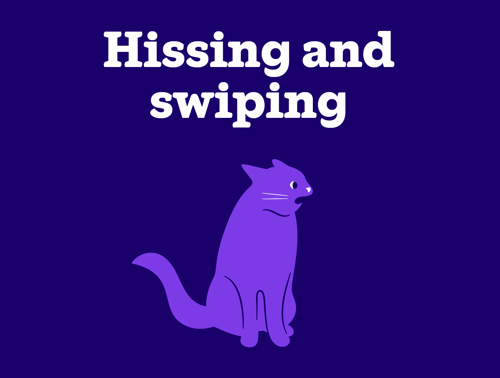
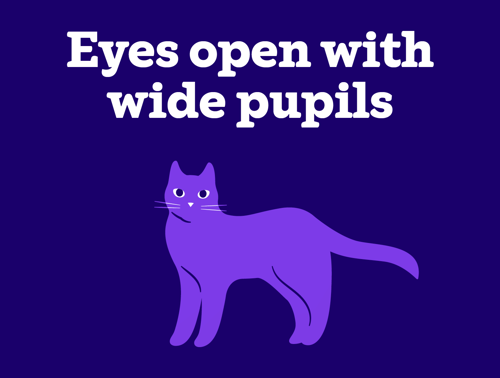
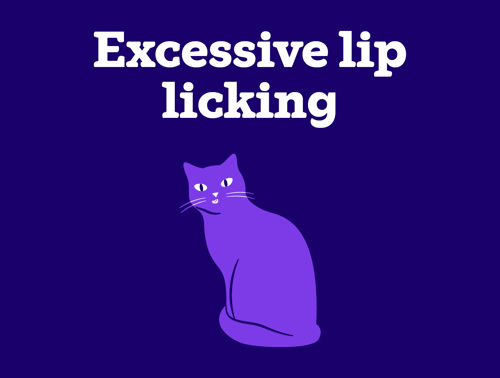
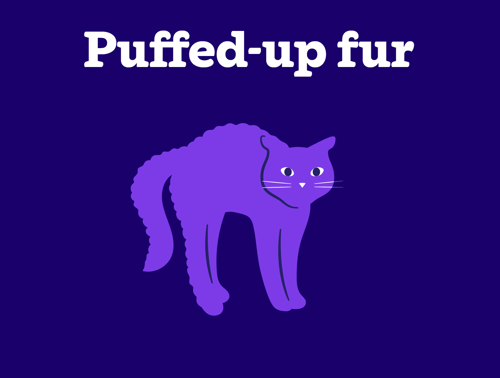
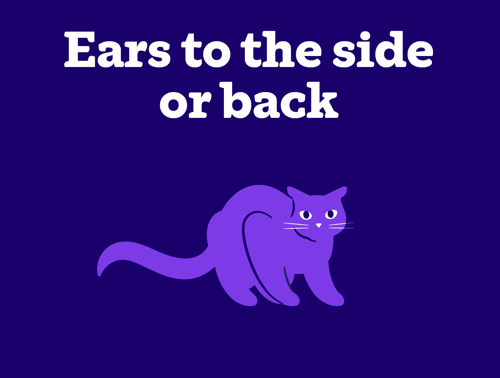
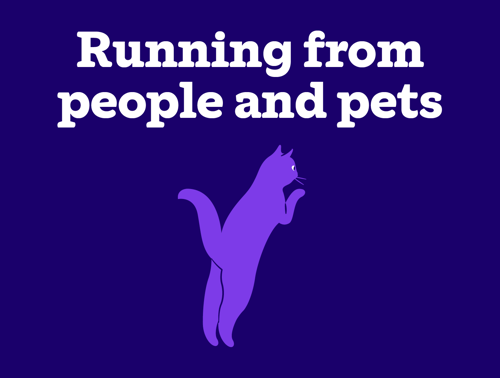
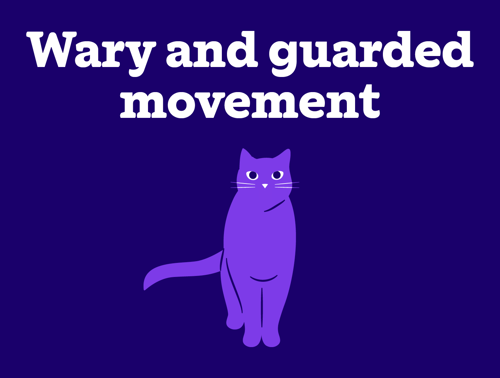
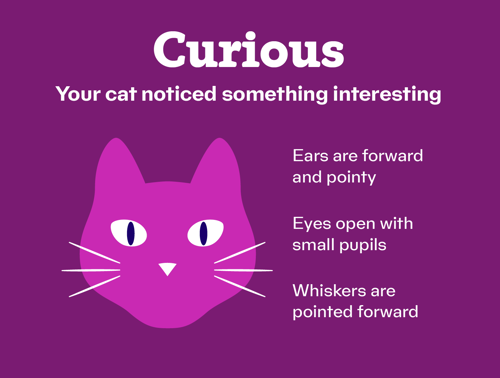
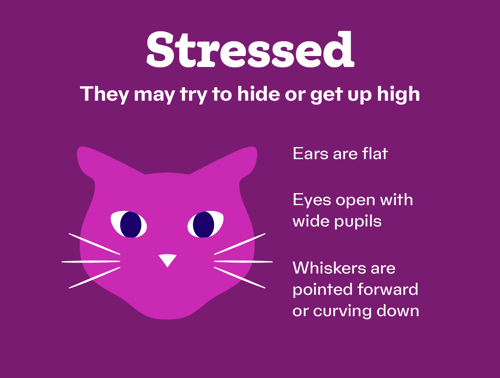
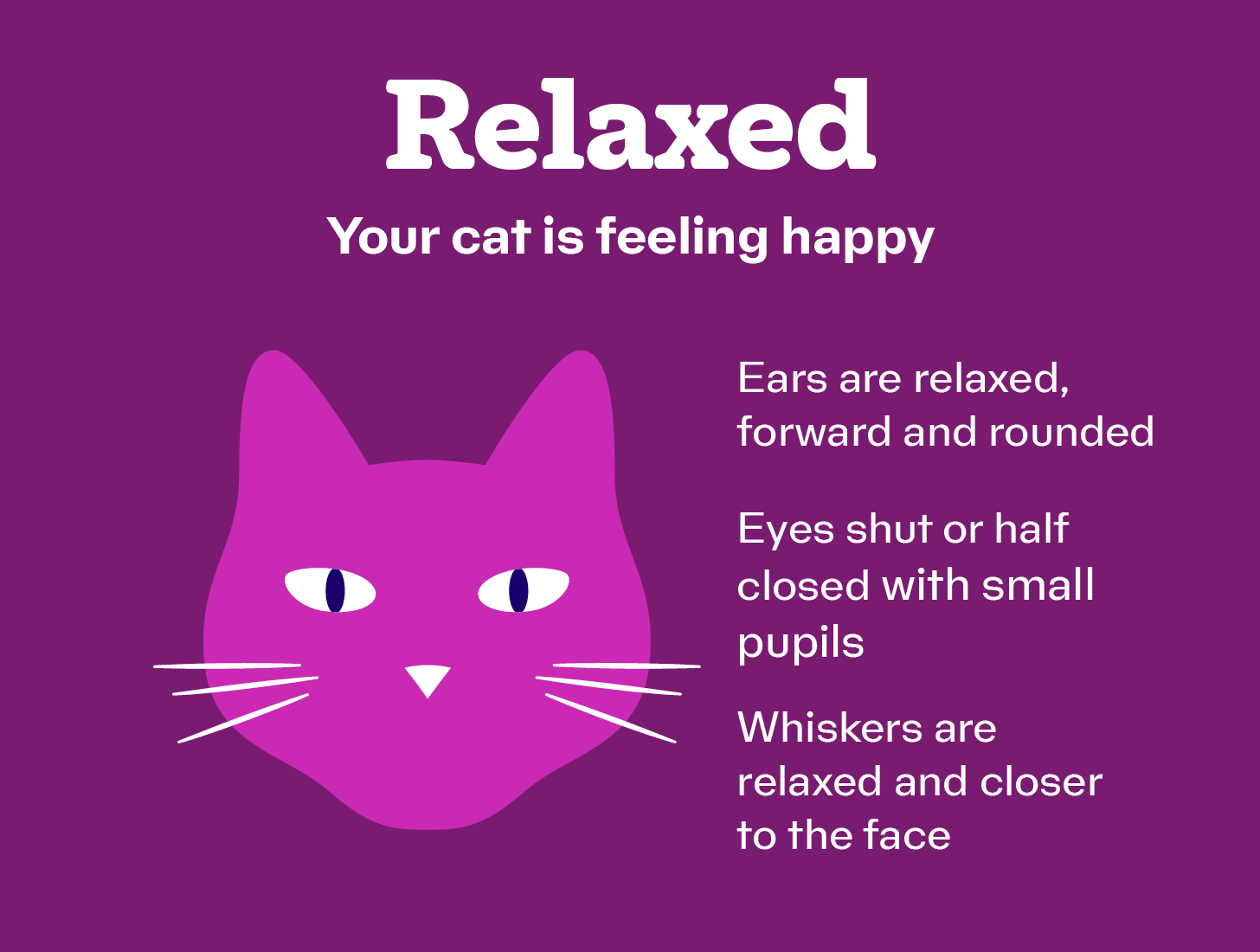
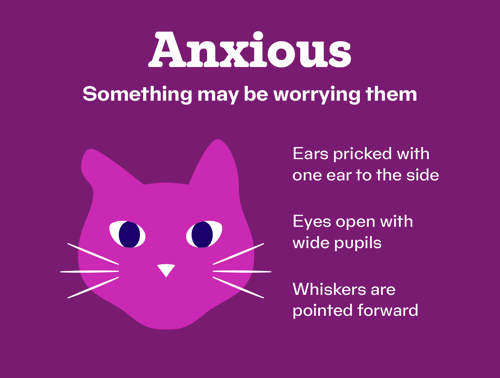
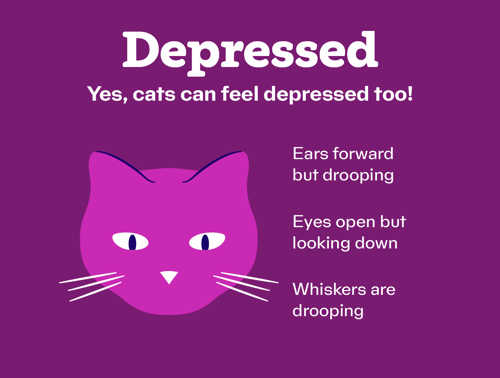
Understanding what your cat is telling you with their body can help you to communicate with them. The most important thing to remember is not to stare at your cat. They can see this as a threat which can be scary for them and won’t respond in a friendly way!
If your cat is telling you (through their body language) that they feel comfortable and relaxed around you, you can tell them the same. Slowly blink at them and move your head slightly to the side. If you’re lucky, your cat will do the same back.
Saying ’puss puss‘ or making any noises at your cat with a strong ’ss‘ noise will put them off. This sounds like hissing to them, so they’ll think you’re being unfriendly.
We often think that our cats are happy when they purr. This is only true if their body language is relaxed. They can also purr to get your attention and fuss.
Sometimes cats can purr in stressful situations, such as going to the vet. Sadly, this doesn’t necessarily mean they’re happy at the vet! They can also sometimes purr if they are in pain. It’s important to watch your cat’s body language as well as looking at the context as this is a better indicator of whether they are happy and comfortable.